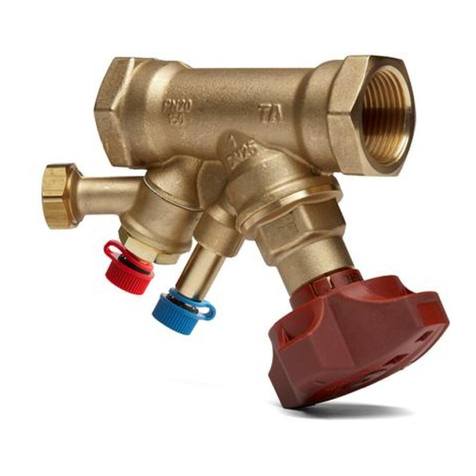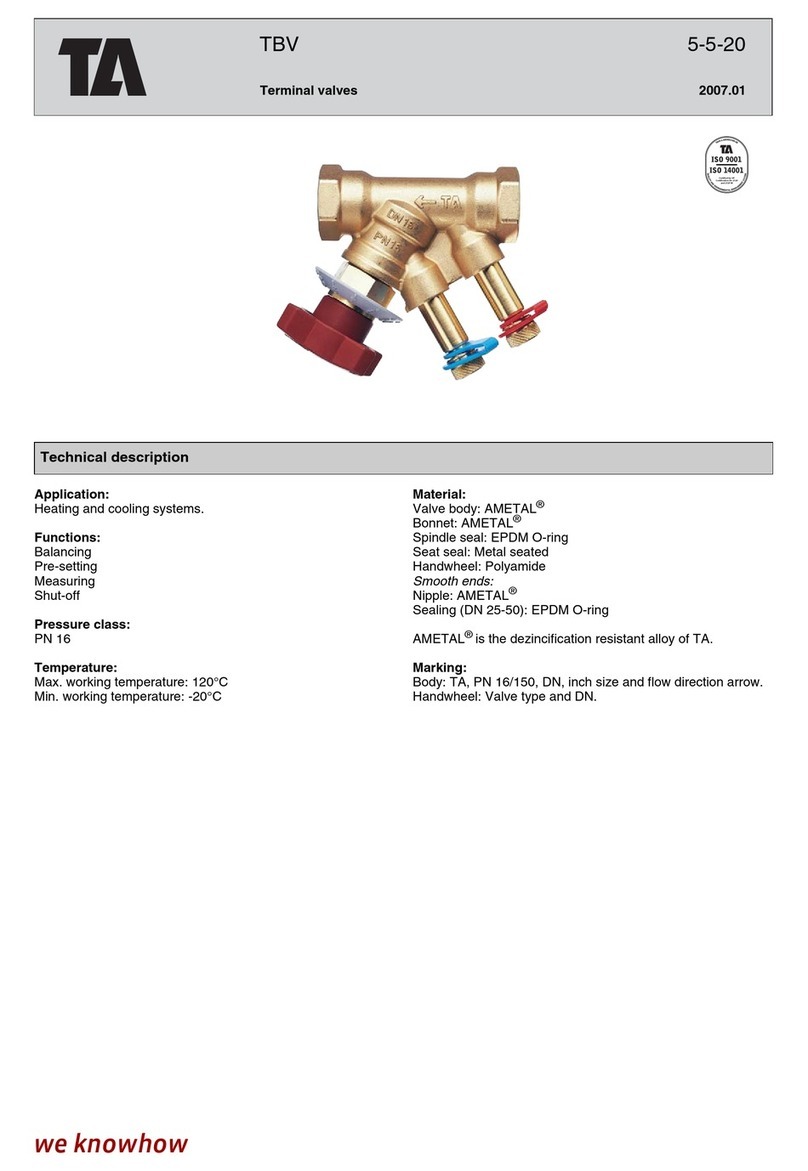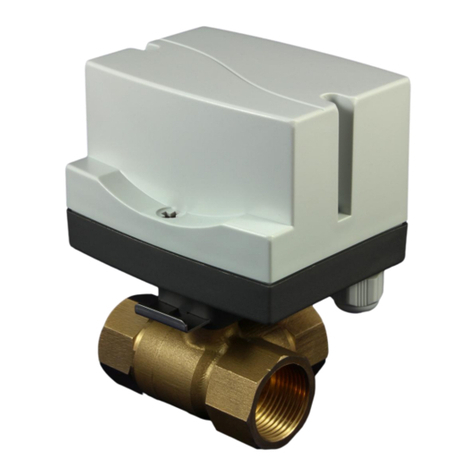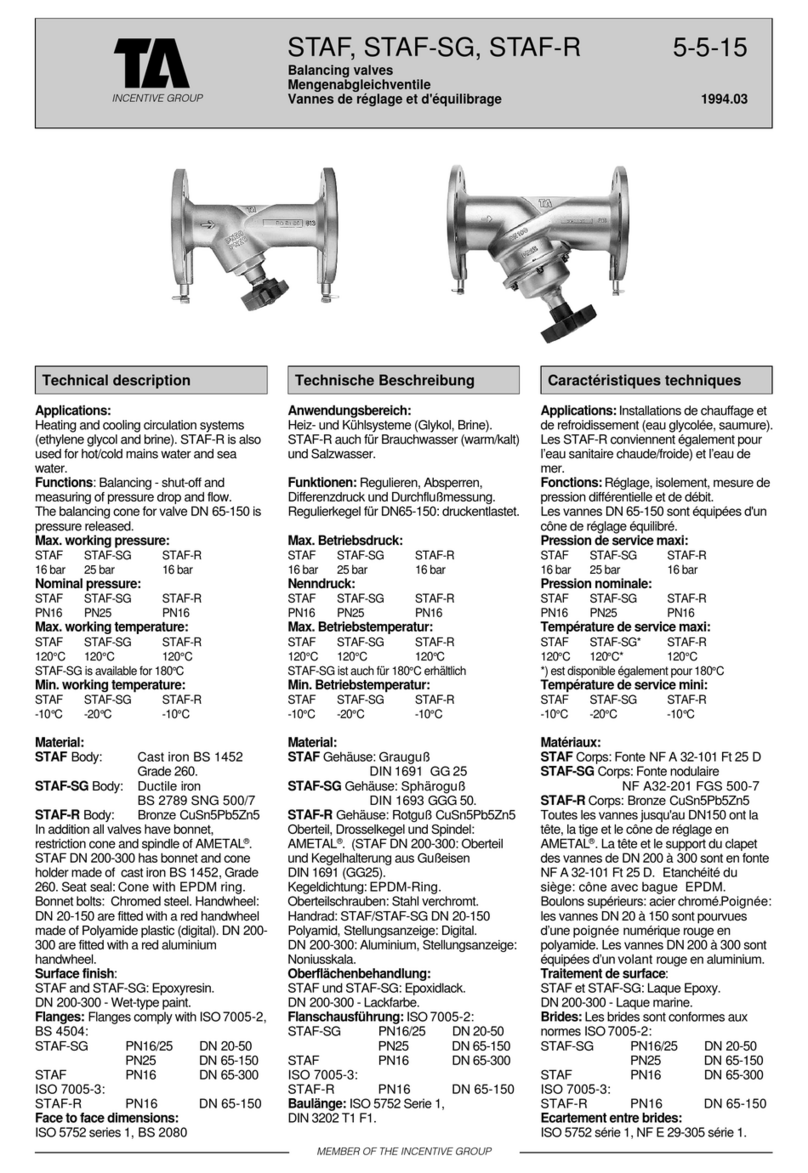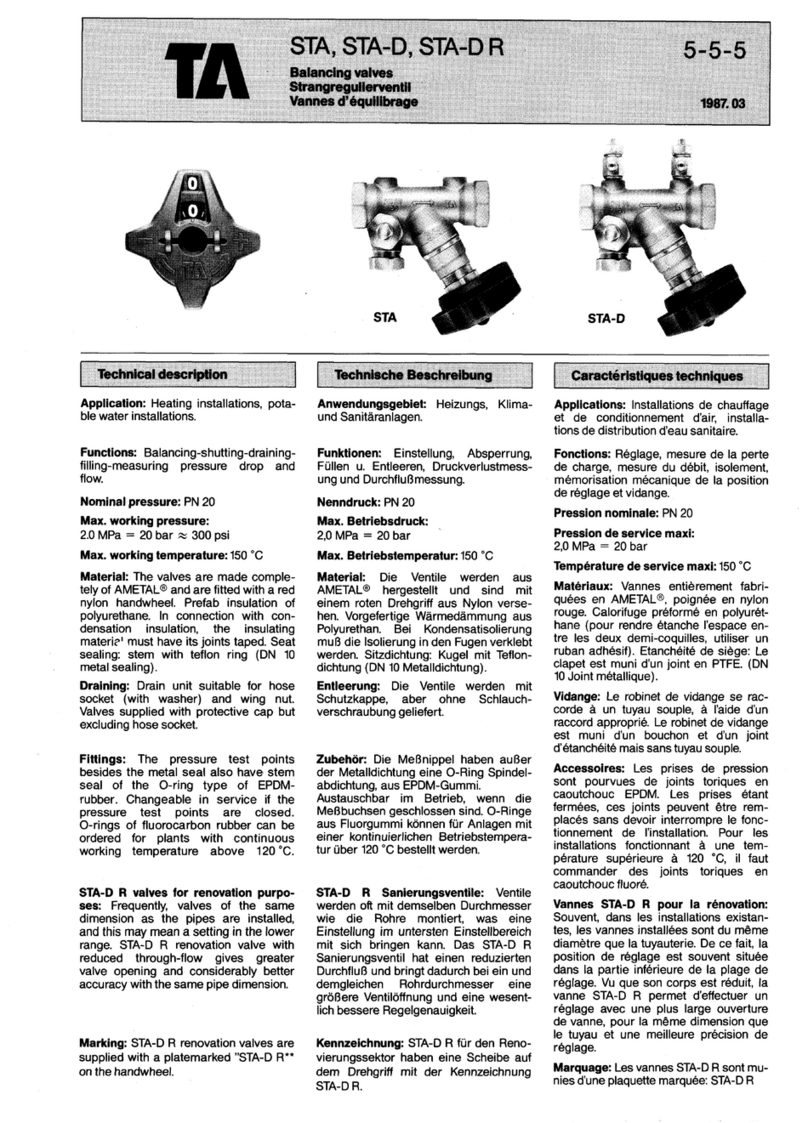INDEX
T011S ver. tS2111 ......................................................................................2
MENU NAVIGATION...................................................................................2
TROUBLE SHOOTING..................................................................................2
-- NONE.......................................................................................2
- REMOTE TRANSMITTING (REM)..............................................2
5t STOP (NC) (REM).....................................................................2
tC EXTERNAL PHOTOCELL (NC)....................................................2
tA INTERNAL PHOTOCELL (NC).....................................................2
FH INTERNAL AND EXTERNAL PHOTOCELLS..................................2
FC CLOSING LIMIT SWITCH (NC)...................................................2
FA OPENING LIMIT SWITCH (NC)..................................................2
LC CLOSING LIMIT SWITCH (NO)..................................................2
LA OPENING LIMIT SWITCH (NO).................................................2
1H LIMIT SWITCHES ERROR .........................................................2
Go START (NO) (REM)...................................................................2
PE PEDESTRIAN (NO) (REM).........................................................2
Eo DOMUS (NO)...........................................................................2
EC DOMUS (NC)............................................................................2
oC DOMUS REMOTE (REM)..........................................................2
1t PHOTOCELLS TEST ERROR........................................................2
9A MOTOR TEST ERROR................................................................2
7A OBSTACLE DETECTED...............................................................2
8A OBSTACLE DETECTED DURING SLOWDOWN ..........................2
FF REMOTE MEMORY FULL..........................................................2
00 to 99 MOTOR STRESS............................................................3
INSTALLING RADIO MODULE......................................................................3
TYPICAL INSTALLATION..............................................................................3
CONNECTIONS...........................................................................................4
GLOSSARY..................................................................................................5
STAND BY ..........................................................................................5
OPENING ...........................................................................................5
PAUSE................................................................................................5
CLOSING ............................................................................................5
STOP OPENING ..................................................................................5
STOP CLOSING....................................................................................5
CLOSING ............................................................................................5
INPUT IS ACTIVATED ..........................................................................5
START COMMANDS ...........................................................................5
SAFETY COMMANDS .........................................................................5
STANDARD WORKING CYCLE..............................................................5
PEDESTRIAN WORKING CYCLE...........................................................5
MOTOR......................................................................................................6
A1 STANDARD WORKING TIME.....................................................6
A2 SLOWDOWN WORKING TIME..................................................6
A3 START UP TIME .......................................................................6
A5 STANDARD FORCE...................................................................6
A6 SLOWDOWN FORCE................................................................6
A7 STANDARD OBSTACLE DETECTION THRESHOLD.......................6
A8 SLOWDOWN OBSTACLE DETECTION THRESHOLD....................6
SENSOR OPERATING MODE........................................................................7
FUNCTIONS................................................................................................8
F0 AUTO-CLOSE TIME...................................................................8
F1 PEDESTRIAN WORKING TIME.................................................8
F2 CLOSING KICK..........................................................................8
F3 BLINKING TIME........................................................................8
F4 KICK BACK AT OPENING...........................................................8
F5 and F6 STANDARD, COMMUNITY MODE, STEP BY STEP ..........8
F7 FAST CLOSURE.........................................................................8
F8 PHOTOCELLS LOGIC.................................................................8
L0 ELECTRIC LOCK........................................................................8
L1 COLD WINTER FUNCTION........................................................8
FUNCTIONS................................................................................................9
L4 RECOVERY CYCLE.....................................................................9
TEST...........................................................................................................9
t1 PHOTOCELLS TEST...................................................................9
t2 MOTOR TEST...........................................................................9
PER-PROGRAMMED CONFIGURATIONS......................................................9
d0 FACTORY CONFIGURATION......................................................9
REMOTE...................................................................................................10
r0 SINGLE ERASE........................................................................10
STORING A REMOTE ........................................................................10
r1 START........................................................................... 10
r2 STOP..............................................................................10
r3 PEDESTRIAN..................................................................10
r4 FAST CLOSURE...............................................................10
r5 ERASING ALL ......................................................................10
TERMINAL BLOCK INPUTS........................................................................11
no DISABLED...............................................................................11
5t STOP (NC)..............................................................................11
tC EXTERNAL PHOTOCELL (NC)..................................................11
tA INTERNAL PHOTOCELL (NC)...................................................11
Go START (NO)............................................................................11
PE PEDESTRIAN (NO)..................................................................11
oP OPEN (NO) ............................................................................11
CL CLOSE (NO)............................................................................11
FA OPENING LIMIT SW.(NC)........................................................11
LA OPENING LIMIT SW.(NO).......................................................11
FC CLOSING LIMIT SW.(NC).........................................................11
LC CLOSING LIMIT SW.(NO)........................................................11
Eo DOMUS (NO).........................................................................11
EC DOMUS (NC).........................................................................11
PROGRAMMING PROCEDURE..................................................................12
P1 SEMI-AUTOMATIC PROGRAMMING..............................12
P3 AUTOMATIC PROGRAMMING........................................12
FORCE-OBSTACLE SENSOR CALIBRATION TABLES......................................13
INTRODUCTION DOMUS MODULE...........................................................14
www.tecnoautomazione.com Pag. 1 / 17












